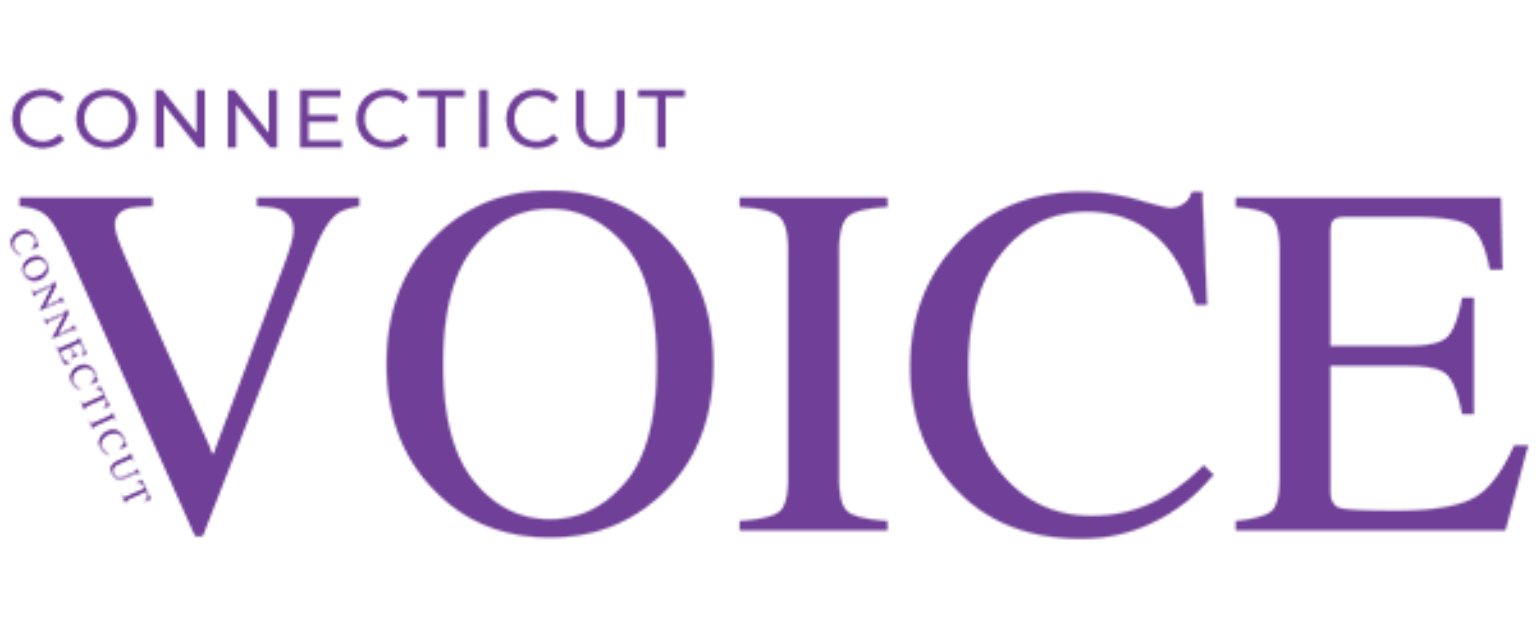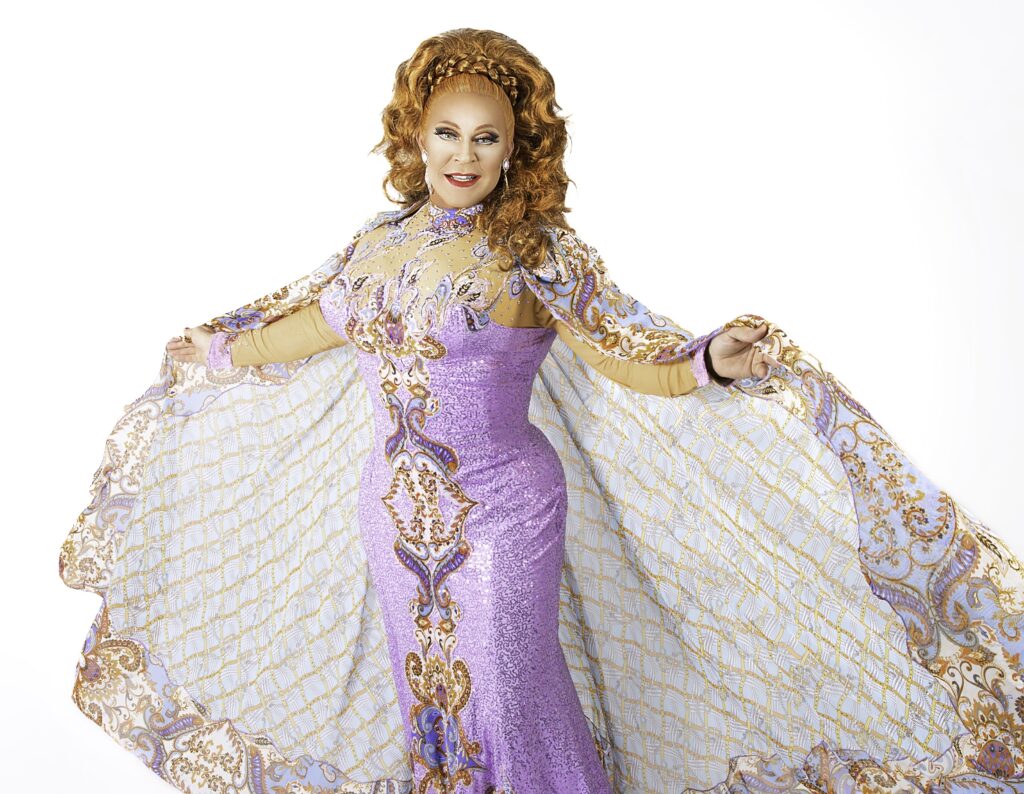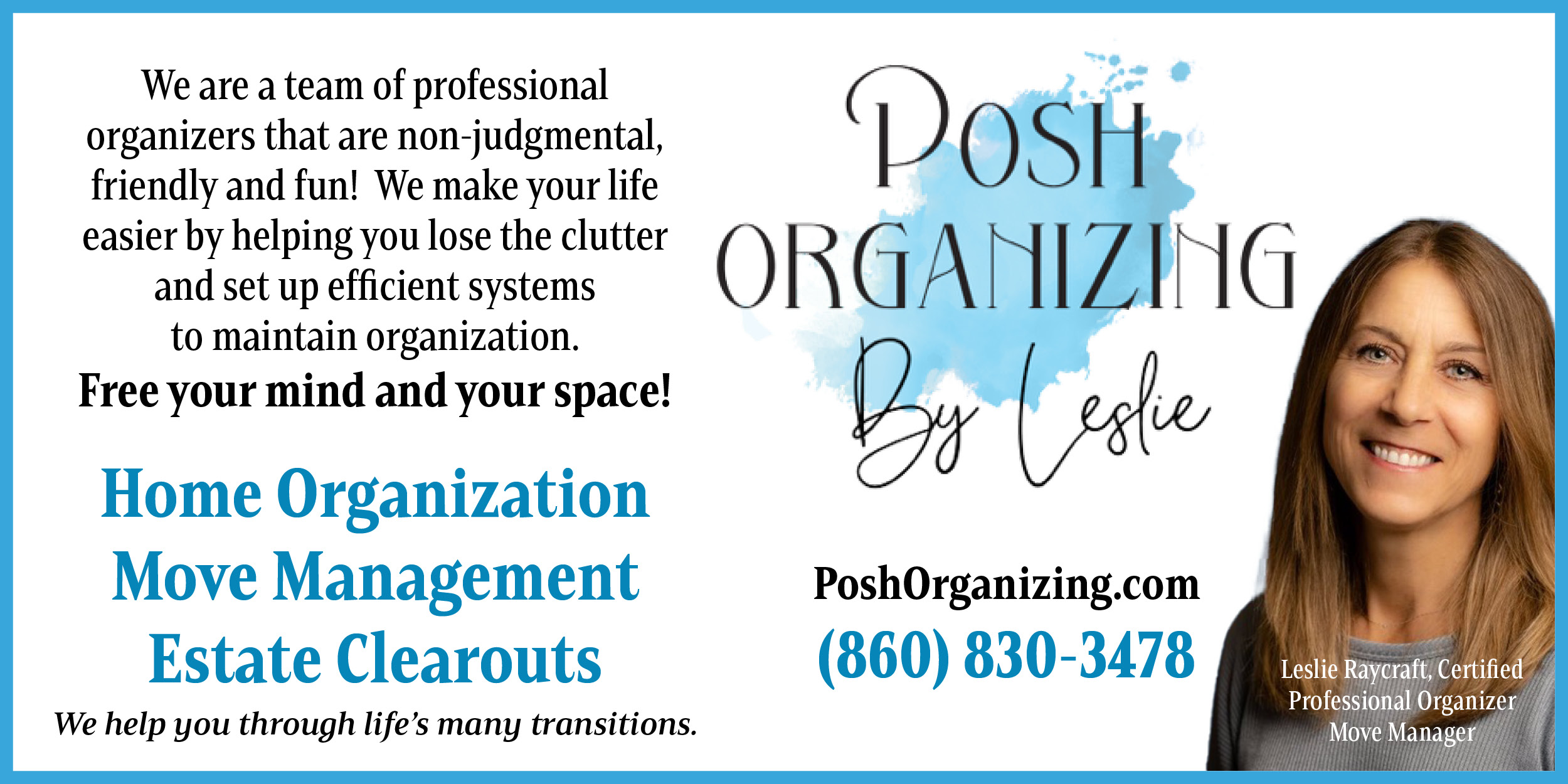By Brian Scott Lipton
Attendees at this year’s Connecticut Voice Honors, which take place April 27 at Hartford’s Bushnell Theater, are in for a very special treat as drag legend Varla Jean Merman will be the celebrity host for the festivities. A singular performer–and Varla really knows how to sing–Merman is a master of giving audiences a good time!
We recently talked with Varla’s creator (and male alter ego) Jeffery Roberson about how Varla was “born,” her decades-long career as both a drag artist and theater performer, her early drag influences, how she feels about “RuPaul’s Drag Race,” and how drag is received today by audiences.
CV: We’re thrilled you are hosting the Connecticut Voice Honors. What does Connecticut mean to you?
JR: I still do a lot of work there when I can. As an actor, I have worked at Hartford Stage and Long Wharf, which are great theaters. And my writing partner Jacques Lamarre lives in Hartford; he’s great at punching shows up. In fact, he gets away with things I can’t. I am so happy to be doing this!
CV: Back to the beginning: How did you become Varla Jean Merman?
JR: Sometime in the late 1980s, I read Ethel Merman’s autobiography– t’s just called “Merman”– which has a “chapter” on her marriage to the actor Ernest Borgnine, which lasted only 38 days. Actually, that entire chapter is just one blank page. So, I decided that if she had somehow had his child back then, she would have shipped her to an orphanage in Louisiana, where she would grow up as a child of celebrity who was worried about not living up to expectations. That’s how the whole character happened. Then, I did a talent show in Baton Rouge where Varla played, I did some videos in New Orleans with Varla running around in the French Quarter, and played in bars down there, and I became a local celebrity of sorts.
CV: Did you always plan to leave Louisiana?
JR: I went to a performing arts high school in Louisiana, but, yes, I knew someday I would not only live in New York, but I would do drag in New York. But unlike a lot of other drag performers. I am an actor and a singer. I don’t lip-sync. In fact, in 1996, I was hired by the musical “Chicago” to be the understudy for Mary Sunshine, first on Broadway and then on the national tour. And when I came back, I knew I didn’t want to go back to any sort of non-performing work.
CV: So how did you turn drag into a career?
JR: I opened for Lypsinka in Provincetown, and this woman heard me sing and then hired me to do my own show there starting in 1998. I remember she said, “you have to work hard, you have to basically busk on the street!” So, I’d hide in the bushes outside the tea dance and whisper “come to the show.” It worked.
CV: Who were your early drag inspirations?
JR: My first introduction to drag was Harvey Korman and Flip Wilson on TV. I found the comedy in what they did so thrilling. Of course, I really wanted to play all of Carol Burnett’s roles; in fact, I still pinch myself that her costume designer, the legendary Bob Mackie, now comes to our shows. Then when I was in college, where I studied architecture. I got introduced to the films of John Waters and Divine. It was like finding Santa Claus was real.
CV: Let’s talk about some of your New York acting experiences. Any favorites?
JR: Early on, I got connected to this company called Tweed Classics, which was basically dedicated to miscasting every role in every play they did. For example, I played Honey in Who’s Afraid of Virginia Woolf? Back then I was 300 pounds, but I acted like I was the tiniest person on stage, and that’s when I learned that doing the smallest gesture can get the biggest laughs. It was an amazing period for me to learn all about the art of theatricality. I still call it the best college education I have ever had.
CV: And then there was your “big break,” the 2011 Off-Broadway musical Lucky Guy. Tell me about it–and why it didn’t become bigger.
JR: My part, Miss Jeannie Jeannine (whom The New York Times called a conniving chantoozie) had been in the hands of many great women over the years, but when they finally did the show in New York, they went for a drag queen–me. The show actually made the cover of the Times, and the producers really wanted to bring it to Broadway. But we just could not get enough people into the seats at Stage 42, despite all the money they spent. It was a great time, though, especially working with the late Leslie Jordan. I had known him before, since I had opened for his comedy shows, and I am so glad we got to work together on Lucky Guy.
CV: How do you think our country’s attitude about drag has changed since you started performing?
JR: When I first started doing drag, even gay people didn’t want to see it. They didn’t even want it in their Pride Parades, I couldn’t get into most bars to perform. And I couldn’t get my shows onto Logo, which was a gay TV network. And then they took RuPaul, and everything changed!
CV: What do you think about RuPaul, and especially Drag Race?
JR: What I really love about Drag Race is that you see that drag is an art form and how much work goes into it. It feels like you are watching an Olympic sport. But what I also love is how people can get popular just because they’re on that show. Many of them don’t have any other real option to get known. In my day, you just would have worked your ass off like me!
CV: After all these years, are you still working your own ass off?
JR: Well, I always do a new show in Provincetown every summer, and then I tour that show from Labor Day until early Christmastime, and I then go back on the road in January. Then, I do some work until I go back to Provincetown for the summer, but I am always thinking about the new show. Luckily, I am not tired of performing. In fact, I am starting to get the hunger to go back to the theater. If I can work forever, that would be great!








More Stories
Broadway Preview: Lewis Flinn’s Cabaret
Off-Broadway Revew: The Imaginary Invalid
Broadway Review: Call Me Izzy